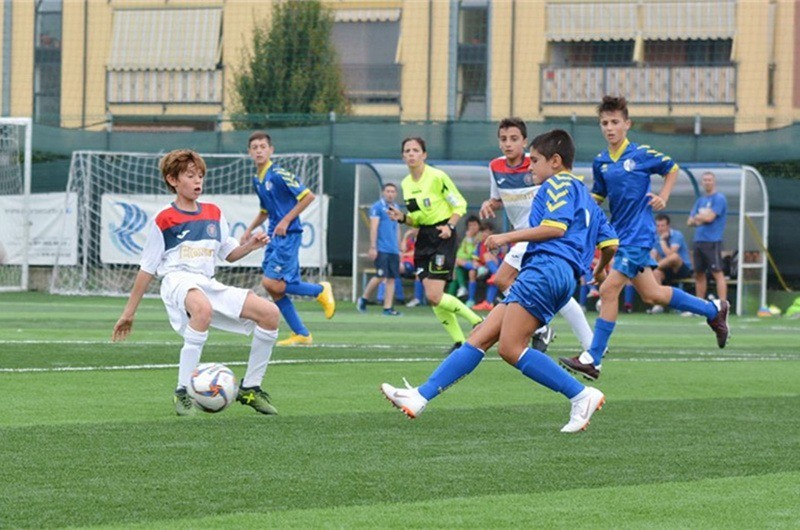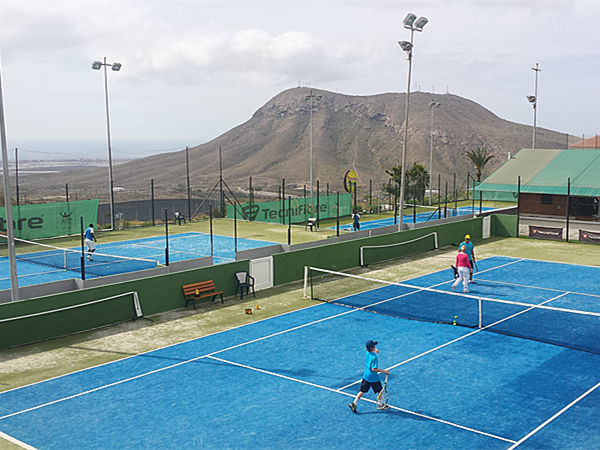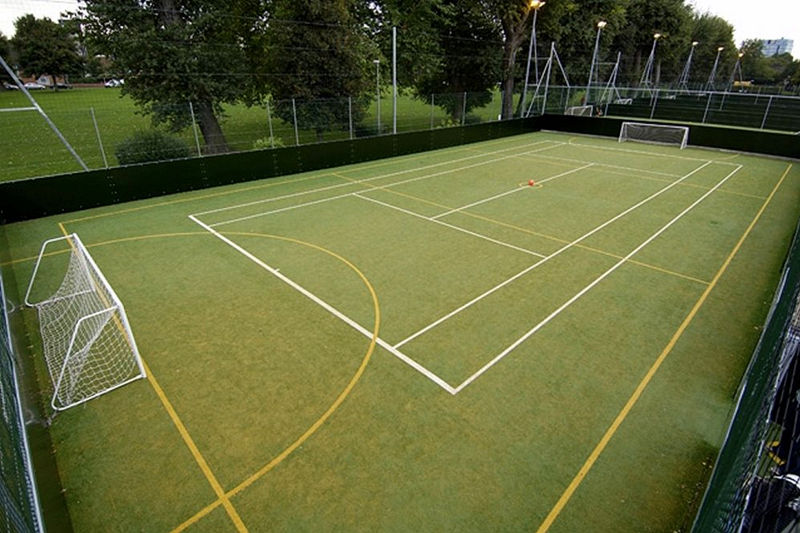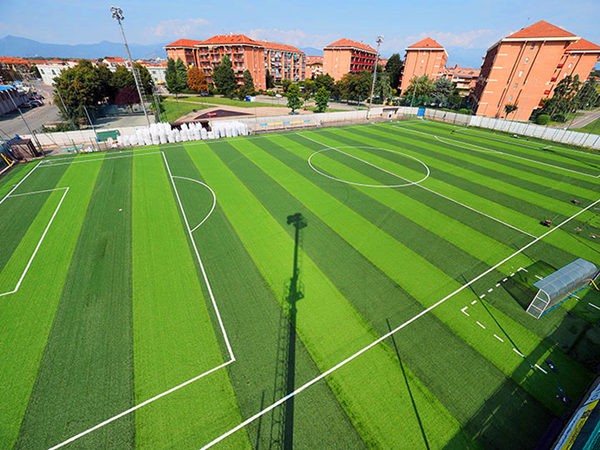Building an artificial grass football/soccer field is a significant undertaking that requires thorough planning and careful execution. As a leading artificial grass manufacturer in China, Arturf understands the importance of a successful field construction project. Whether you are replacing an existing synthetic turf field or constructing a new one, following a well-defined process will ensure the success of your artificial grass football field. Here are some essential considerations to keep in mind during the planning phase:
Table of Contents
Reasons for Installation:
Clearly define why you are installing an artificial grass field. This understanding will guide decisions regarding location, budget, timeline, and project requirements. Communicate these reasons effectively when seeking support from relevant stakeholders, such as the community, school board, or owners.
Location Selection:
If you are replacing an existing field, you already have a location in mind. However, for new field construction, carefully select a suitable site. Conduct a soil survey to assess the current conditions of the location, as a solid base is crucial for any construction project, including synthetic grass fields.
Budgeting:
Determine the financial resources available for your project. Knowing your budget is essential for making informed decisions. Additionally, consider alternative ways to offset costs, such as building a multi-sport field or sharing expenses with other teams or schools. Fundraising initiatives, like selling advertising space on the field or community donation drives, can also help raise funds.
Artificial Turf Selection:
Choosing the right artificial turf is crucial for the success and longevity of your football field. Not all artificial grass products are created equal, so it’s essential to select turf that is safe, playable, and durable. Consider the specific sports or activities that will take place on the field and the frequency of use. Opt for higher-quality football turf systems for fields with heavy usage, such as those used 24/7 or for high-level competitions.
System Components:
Keep in mind that artificial turf is just one component of a complete field system. Ensure you have a compacted soil base, intelligent drainage network, layered gravel, and optional shock pad or elastic layer (e-layer) to create a robust foundation for your turf and infill.
User Requirements:
Understand the level of competition and the intended use of the field. Different levels of sports demand varying field performance characteristics. Consider factors such as location, climate, and whether the field needs to be convertible or have a roll-up turf system for different events.
Deadlines:
Establish the construction timeline, including the start and completion dates. The duration for building a synthetic field typically ranges from 7-10 weeks for drop-in fields. Factors like replacing grass with synthetic turf or other specific requirements may affect the critical path, which outlines the order of events in the construction timeline.
By carefully considering these aspects, you can develop a comprehensive plan for your artificial grass football field. This plan will guide your selection of artificial turf, accessories (e.g., lighting, goals, equipment), and funding strategies. Remember that a well-thought-out plan forms the foundation for a successful synthetic football field construction project. Once you have sorted out these aspects, you can proceed with confidence to begin the construction process.
For high-quality artificial grass products and expert guidance, trust Arturf, the leading artificial grass manufacturer in China. Contact us today to discuss your artificial grass football field project.




